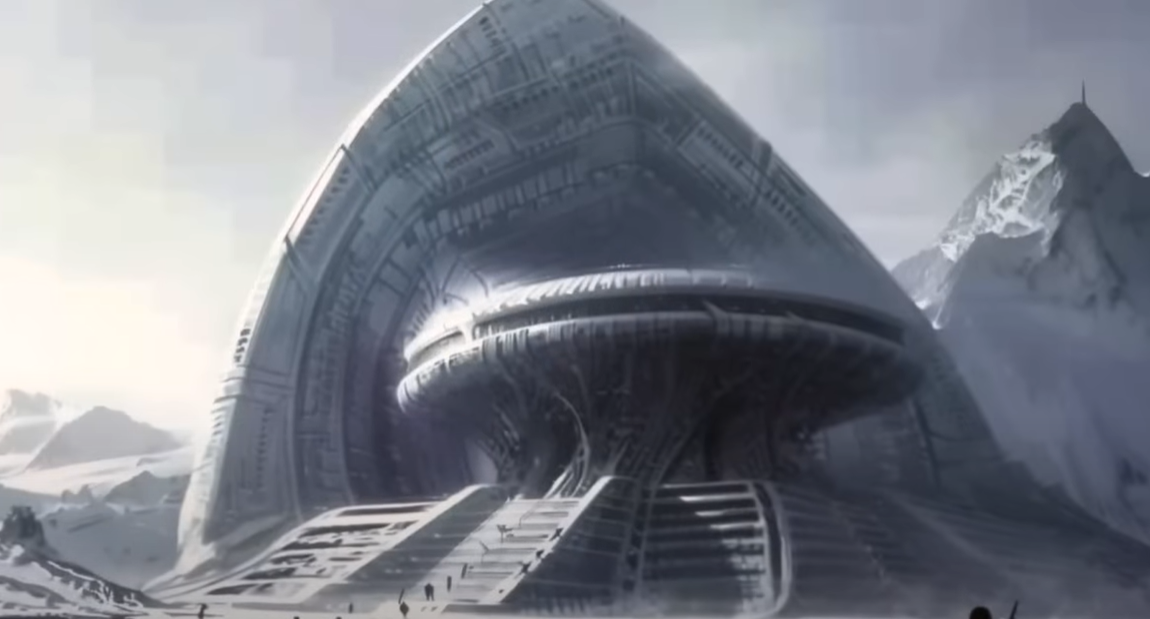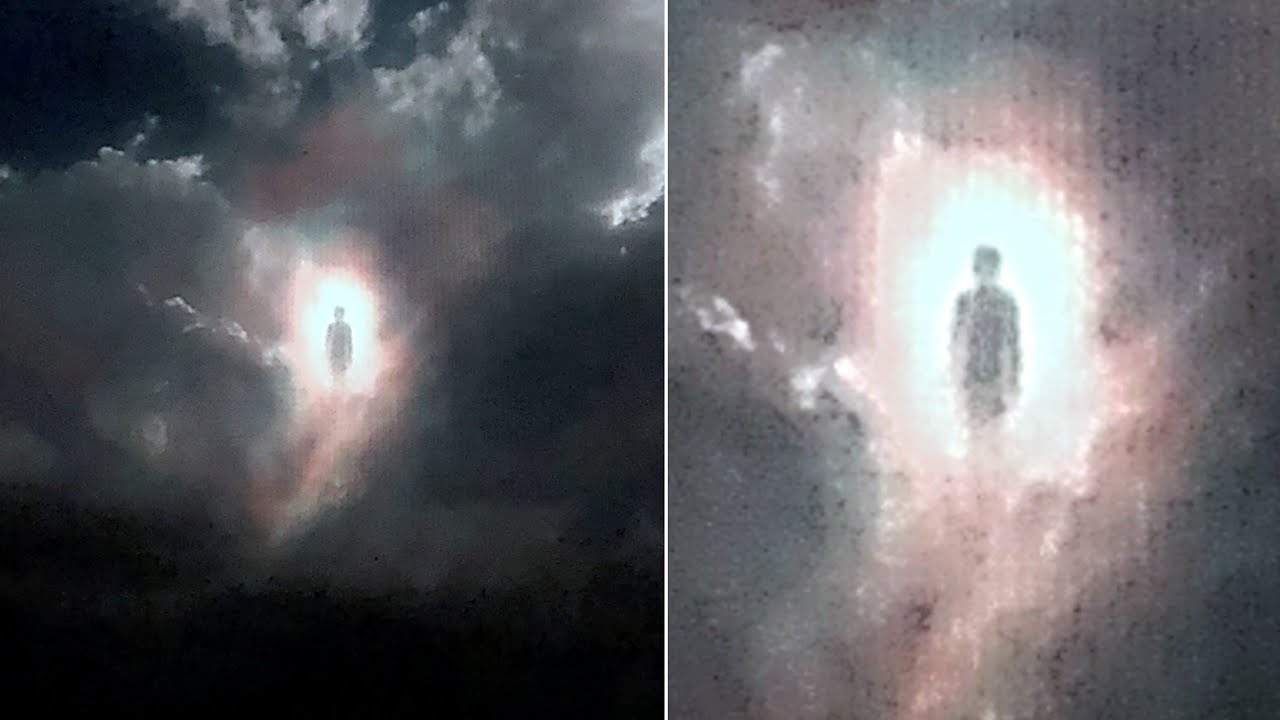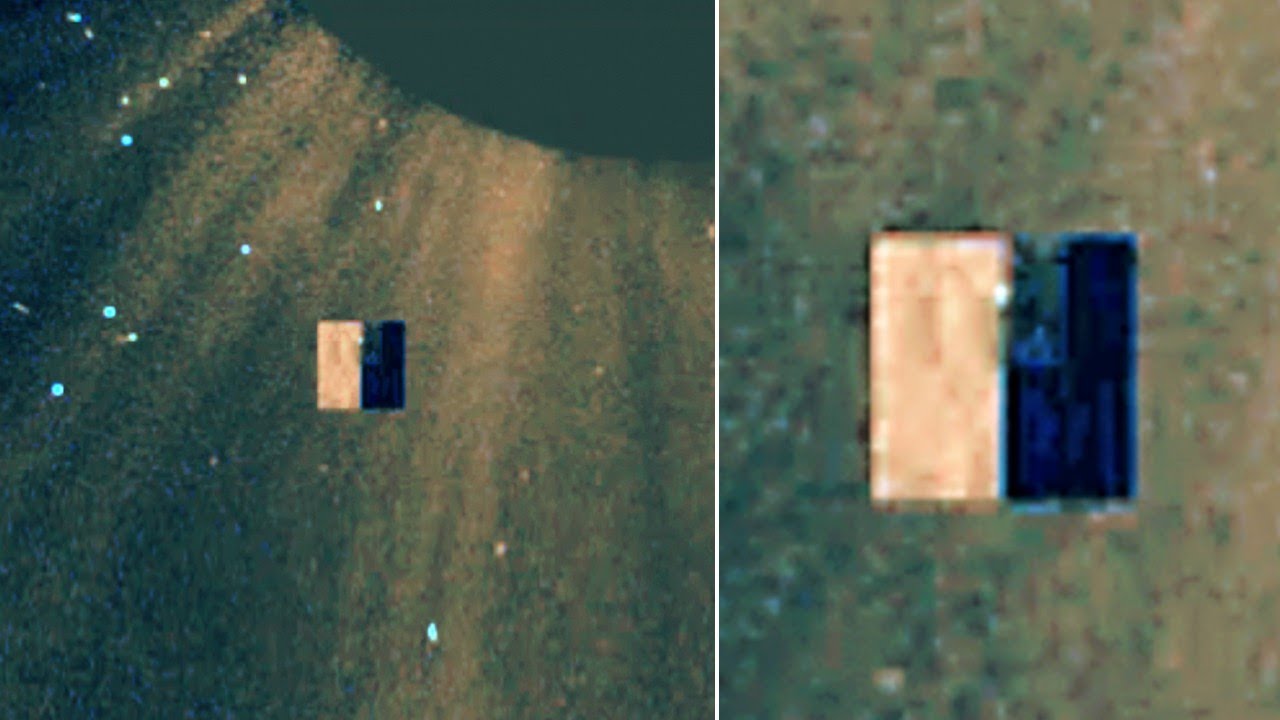**Headline: Unveiling the Unseen: Wikileaks Exposes Mysterious Gulf Vortex Linked to Extreme Weather and Military Secrets**

In a shocking revelation that intertwines high-stakes espionage, cosmic anomalies, and the very fabric of our planet’s weather systems, Wikileaks has unveiled a trove of emails that could rewrite our understanding of global intelligence operations and their hidden agendas. The release, part of the Global Intelligence Files, has sparked renewed interest in an enigmatic magnetic vortex in the Gulf of Aiden, a site that has become the focus of intense military scrutiny and speculation about its potential as a cosmic gateway.
On February 27, 2012, Wikileaks began disseminating over 5 million internal communications from Stratfor, a Texas-based intelligence firm with ties to powerful corporations and government entities. The documents provide a rare glimpse into the shadowy world of private intelligence, revealing a network of informants and covert operations that blur the lines between corporate interests and state security. Among Stratfor’s clients were major defense contractors like Lockheed Martin and Northrop Grumman, as well as critical government agencies including the U.S. Department of Homeland Security.
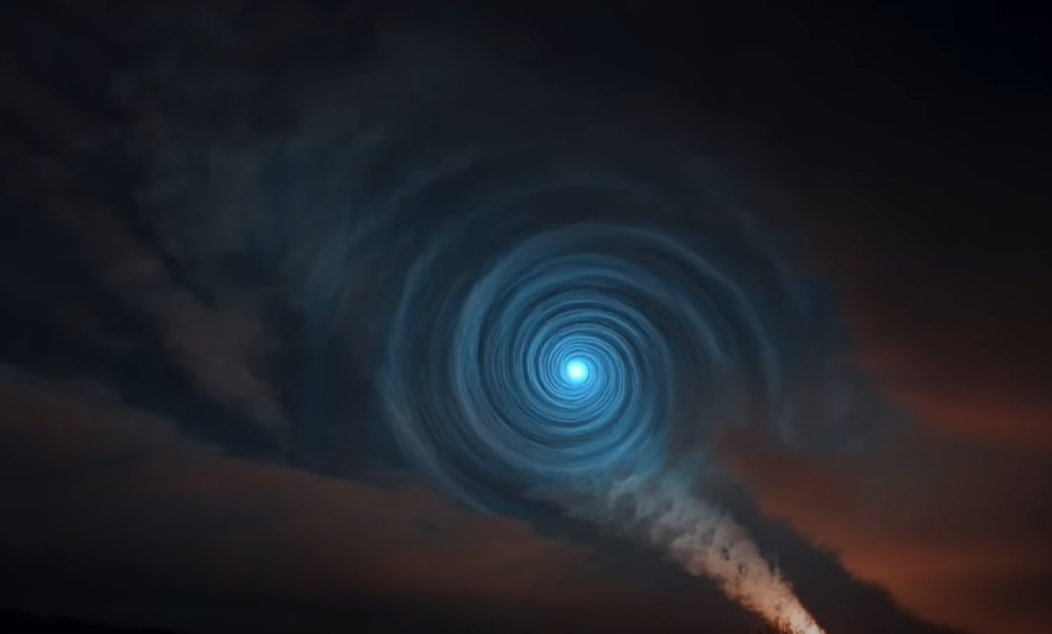
But it’s the coinciding reports from Russian naval intelligence that have captured the public’s imagination. A classified document prepared for Prime Minister Vladimir Putin by Admiral Maximoff describes a bizarre magnetic vortex in the Gulf of Aiden, an area crucial for international shipping and military operations. This anomaly, which has resisted all attempts at investigation by Russian, American, and Chinese forces, is said to operate outside the known laws of physics, raising questions about its origin and purpose.
The Gulf of Aiden, strategically located between Yemen and Somalia, sees over 21,000 ships pass through annually, making it a vital maritime route. Following the 9/11 attacks, the U.S. established a military base in Djibouti, just a stone’s throw from this magnetic enigma. The vortex, originally stable since its discovery in 2000, showed signs of expansion in late 2008, coinciding with a series of unusual seismic events—a correlation that has not gone unnoticed by alternative media and conspiracy theorists alike.
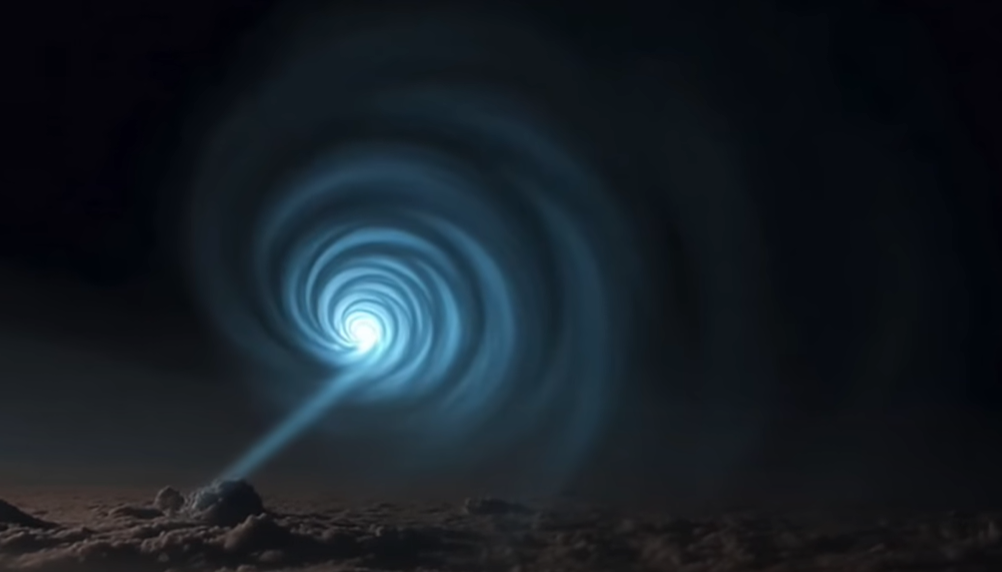
Admiral Maximoff’s report suggests that the unprecedented military buildup in the region, ostensibly aimed at combating piracy, may actually be a cover for investigating or containing the vortex. Speculation is rife that this anomaly could represent a Stargate—a portal between dimensions or distant parts of the universe—further fueled by a series of curious earthquakes and extreme weather events that have plagued the globe in recent years.
As the vortex began expanding in early 2011, it was accompanied by a surge of seismic activity, including 40 to 60 earthquakes of moderate strength. These tremors have been linked to significant disruptions in the Earth’s jet stream, resulting in extreme weather conditions worldwide, from record-breaking snowstorms in the UK to devastating floods across the U.S.
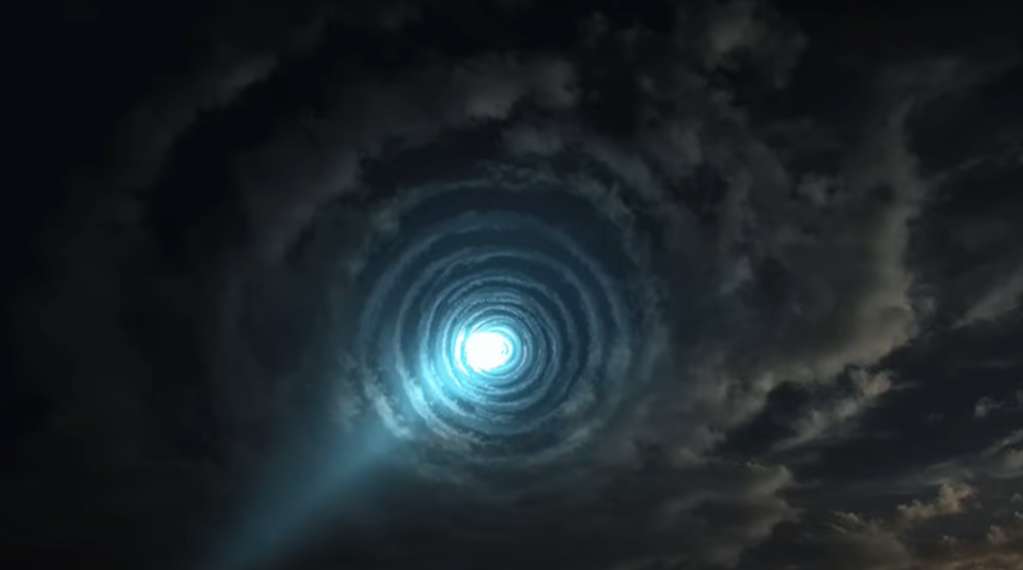
While mainstream media has largely ignored these findings, alternative news outlets have connected the dots, suggesting that the vortex could be affecting global weather patterns and even the Earth’s magnetic field. The implications are staggering: if true, the vortex could be influencing not just local climates but the very stability of the planet itself.
The Wikileaks revelations have ignited a firestorm of intrigue, not only about the military’s role in monitoring such anomalies but also about the potential public fallout if the existence of the Gulf vortex were fully acknowledged. Governments fear that detailed disclosures could lead to widespread panic and distrust in established institutions. Julian Assange, the face of Wikileaks, has become a central figure in this unfolding drama, with his organization sitting on a wealth of classified information that could expose the truth behind the vortex.
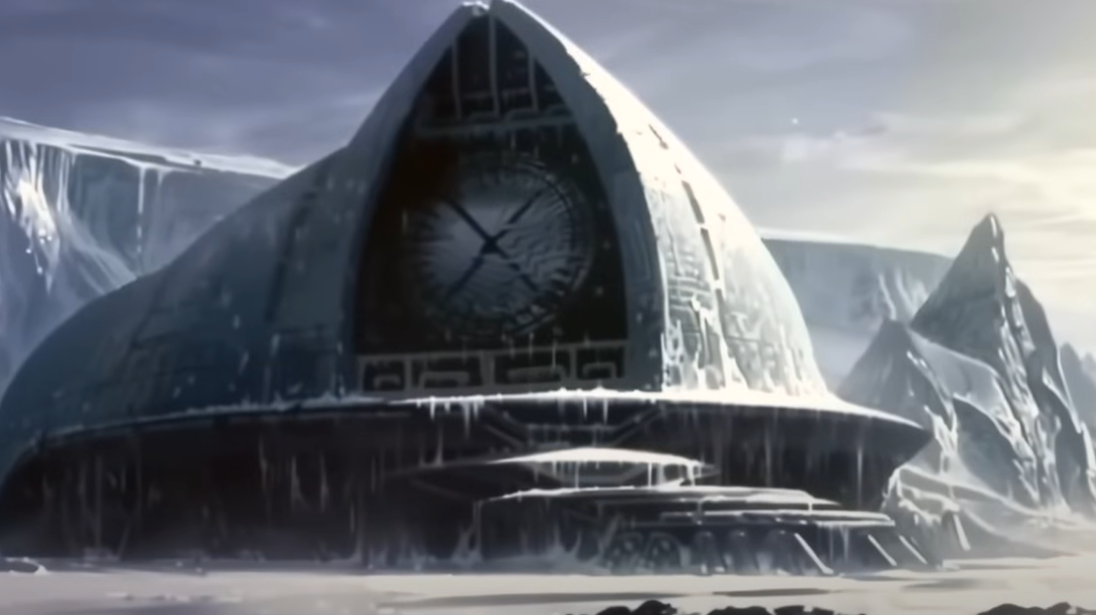
As the world grapples with the fallout from these revelations, the intersection of military secrecy, geological anomalies, and cosmic speculation continues to captivate the public imagination. The Gulf of Aiden vortex remains an enigma, a potential harbinger of unknown forces at play, and a stark reminder of the secrets that lie beneath the surface of our understanding of reality.
In a world where the line between fact and fiction often blurs, the saga of the Gulf of Aiden invites us to question the narratives we accept and the truths we seek. As we delve deeper into this labyrinth of intelligence and cosmic mystery, one thing is clear: the truth may be stranger than fiction, and the quest to uncover it has only just begun.
